There has been a lot of curiosity about my hair over the years, and after skincare, haircare questions are surprisingly common.
You ask me details about my hair type, hair health, hair techniques, and haircare products!
Today we’ll finally chat about the most essential hair care tips to help you achieve luscious locks. I’ll share everything I’ve learned over the years from my own mistakes and from people much smarter than me.
We’ll talk about each haircare step, what matters, and why, so you can avoid all the useless products and myths.
There’s an overwhelming amount of haircare advice and products out there, and you know I hate wasting my time on things that don’t work, or things that I simply don’t need.
What we won’t discuss because it’s kinda irrelevant:
- Hair porosity test: porosity varies from root to tip, and we just don’t care. We’re about preventing further damage and maintain gorgeous hair health.
- Brushing 100x: WHO HAS THE TIME to follow hair tips from the 1800s?
- Moisture protein balance: I definitely rolled my eyes while writing those 3 little words. A. You’ll learn that our hair doesn’t like moisture, and B. protein used in haircare acts mostly as a conditioner (coating the hair and protecting it from damage).
Are you ready to transform your hair? 🙂
We all have different hair
I used to have quite damaged hair and have since learned a lot. First, we have to establish that my hair is my hair, and what works for my hair may not work for yours, but we will cover different hair types and what’s objectively best for each one.
Hair varies in terms of:
Colour – melanins in the cortex of the hair
Curl – the way the hair is formed in the follicle
Diameter – for example, asian hair is often thicker and coarser than caucasian hair
Condition – the result of how we treat our hair!
You’ll see people talking about porosity on the internet, but it’s not important, even if your hair isn’t damaged yet, it’s still good to protect it from further damage.
We all should take good basic care of our hair if we want it to look nice.
About My Hair & Scalp
My hair has always been blonde, brighter blonde as a kid, and dirty blonde as an adult.
It is wavy when left to its own devices — that is when I let it air dry without much manipulation.
The hair itself is not fine, but it is thin.

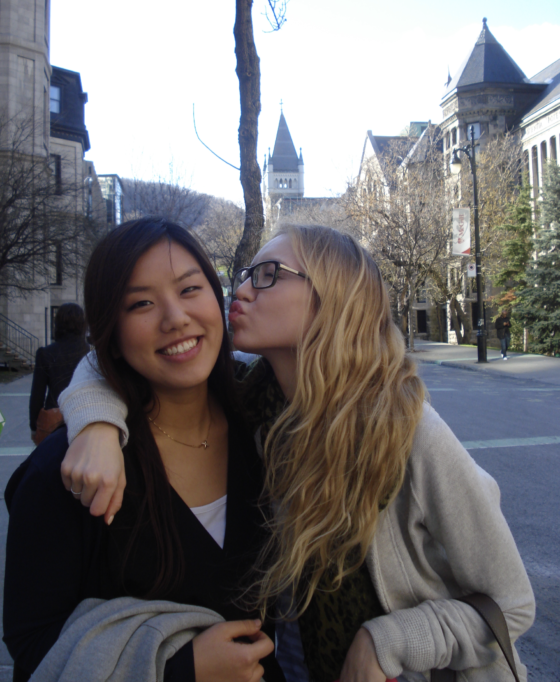
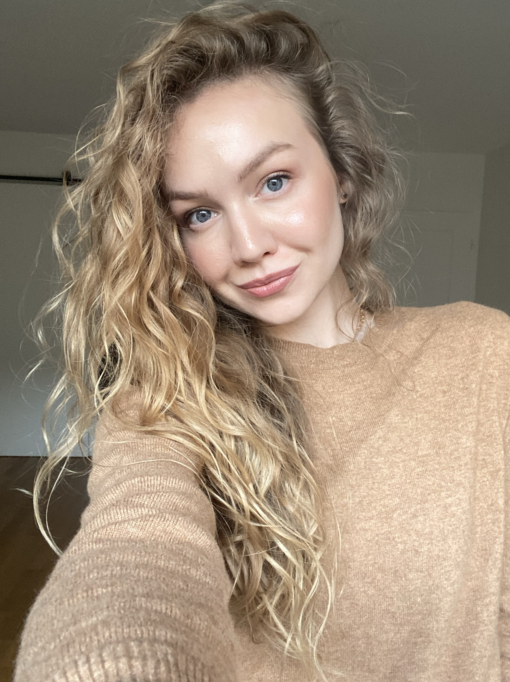
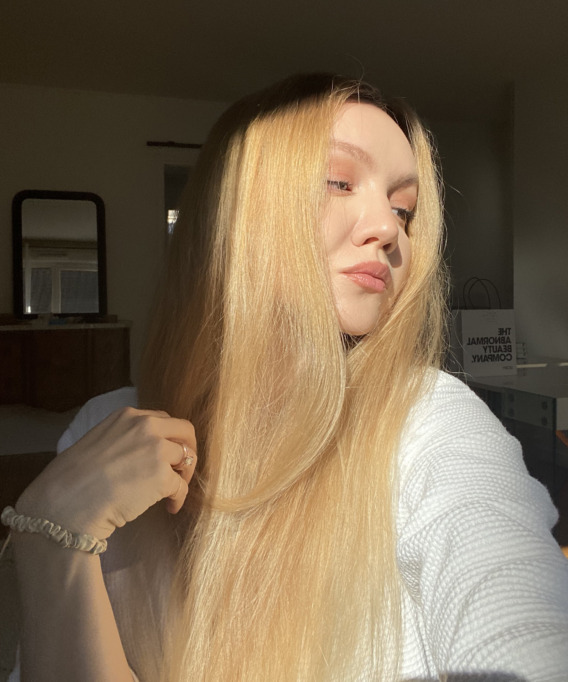

It is in fairly good condition, and shiny throughout (this wasn’t always the case!!).
Still, the ends are vulnerable because it is now past my waist in length.
My scalp has always been on the oily side, like my facial skin.
Fun fact: the greatest concentration of sebaceous glands is on the scalp, face, upper chest, and shoulders.
My Haircare Philosophy
I used to think that my hair had to look red carpet ready FOR CLASS. I’d wake up 30 minutes early just to curl my hair before walzing into my Sociology class at McGill *shoutout to McGill*.
What’s changed from then to now?
Ya’ll remember Gossip Girl? Most characters on that show were perfectly coiffed, except Serena. Blake Lively had normal people hair, it looked like she rolled out of bed with that hair, but it looked so effortless and cool.
That’s what I wanted, to look like I just rolled out of bed. And that’s what I literally do nowadays.
From then on, I’ve adopted a really low-maintenance approach to haircare.
I want to do the least to get the most. I want to work smart, not hard.
That’s one of the reasons why I don’t dye my hair. I had one failed attempt in my University days…
I went to a nice salon in Montreal and dyed my hair some weird coppery brown shade.
Long story short: it didn’t suit me at all, lost it’s shine, was entirely matte…
Back then, we didn’t have the hair-saving treatments we have to day (which I’ll discuss later on).
Since that epic fail, I don’t dye my hair. Changing hair colour is too much long-term maintenance for me, the upkeep? Having to do your roots every two weeks or so. The money? The damage?
No thank you.
The most I’ll do is get highlights or Bayleage maybe 1x a year for some dimension. But that’s all folks.
I really don’t want to spend hours or thousands on my hair, so I don’t!
I see really cool hairstyles and colours all around me, and I’m simply not willing to put in all that effort, because it is a commitment to the lewk.
You might prefer to dye your hair, shapeshift with your hair, and you’re okay with the cost, then that’s okay.
What is Haircare?
I saw this crazy ad in Paris last week that said: “Skincare for your hair.”
*face palm*
Hair is not skin, skin is not hair. Skin is an organ, and hair is an accessory structure. Hair comes out of the skin, but we care for them differently.
What may be good for the skin, may not be good for the hair and vice versa.
The Most Important Haircare Steps That Everyone Needs To Know
Let’s get to the most important steps in haircare. These are steps that I focus on, and the results are good enough for me.
We’ll talk about shampoo, conditioner, drying, styling, and maintenance.
Let’s Shampoo
The point of using shampoo is to literally control your hair’s greasiness, in other words to clean your scalp.
When we “wash our hair”, we’re actually cleansing our scalp.
FUN FACT: a normal, healthy scalp will produce a pea-sized amount of sebum/day over the whole head. The higher the density of hair follicles on the scalp, the higher the sebum levels.
This makes the scalp a unique breeding ground for oil-loving bacteria and yeast.
Our hair follicles are rich in cutibacterium acnes — acne bacteria.
But don’t freak out, having acne bacteria on our skin is normal, and it doesn’t cause problems on its own. It’s only when we create an environment in which it grows out of control that we can begin to see issues with our skin.
Scalp sebum also encourages the growth of a yeast called malassezia, that’s linked to conditions like cradle cap, sebboreic dermatitis, dandruff, and even psoriasis.
Which is why we gotta wash our scalps regularly.
How often to shampoo?
I don’t know why there’s these strong debates about hair washing schedules, when it depends on each individual, their lifestyle, and their preferences.
I have a preference for clean, shiny hair, and a comfortable scalp and I find that washing my hair every 2-3 days gives me the best results, while washing my hair every 4-7 days makes my scalp itch and feel effing gross.
If you have a less oily scalp, who feels comfortable washing their hair 1x a week, then that’s cool for them.
If your scalp and hair gets super oily, then you might feel most comfortable washing your hair every day.
The point is not to ignore scalp health just to attain some sort of hair style or appearance or to follow random rules made up by strangers on the internet.
Myth Buster: Sebum levels are not affected by wash frequency.
The rule should be: wash your hair when it’s dirty!
You Asked A Related Question: “Do you use dry shampoo? Do you think its good for the hair?”
I used to use dry shampoo a lot, and for me, it lead to an itchy scalp and more hair fallout. So now, I might use a dry shampoo 1x a month MAX in a pinch. It’s truly just better to wash your hair.
But Olena, how do I choose a good shampoo!
This is where things get tricky! Your scalp condition and hair type will determine the best shampoo for you.
But Shampoo Marketing comes in and makes things harder.
If any company says that their competitors create toxic shampoos, run toward the competitor because you’ll get a better-formulated product for LESS.
Because the truth is, all the “clean”, “silicone-free”, “paraben-free”, “sulfate-free”, “vegan” shampoos are actually WORSE for your hair. Some of them are so badly-formulated that you might have already started blaming your food and hormones for your scalp/hair issues.
Drug store shampoos are actually great and do a great job washing your hair.
Big brands like L’Oreal and Pantene spend millions of dollars developing haircare products — I’d go for a big reputable company over some new, clean, vegan nonsense. I would also for the most part, avoid most haircare products found at Sephora, and always avoid pyramid schemes like Monat.
You never ever have to overpay for shampoo!
Hair supply shops often have great options too, but it’s hard to say they’re better than drugstore options.
My fave shampoo brand is L’Oreal Professional, and I used to love Schwarzkopf (before they started going clean). I’ve tried some Redken…but haven’t yet stumbled on a shampoo I like from them yet.
My current shampoo is the l’Oreal Professional Vitamino Color Shampoo for Colored Hair (just finished a bottle and ordered a new one!). It cleanses really well and leaves my hair feeling soft, smooth, and shiny. I also quite like the smell.
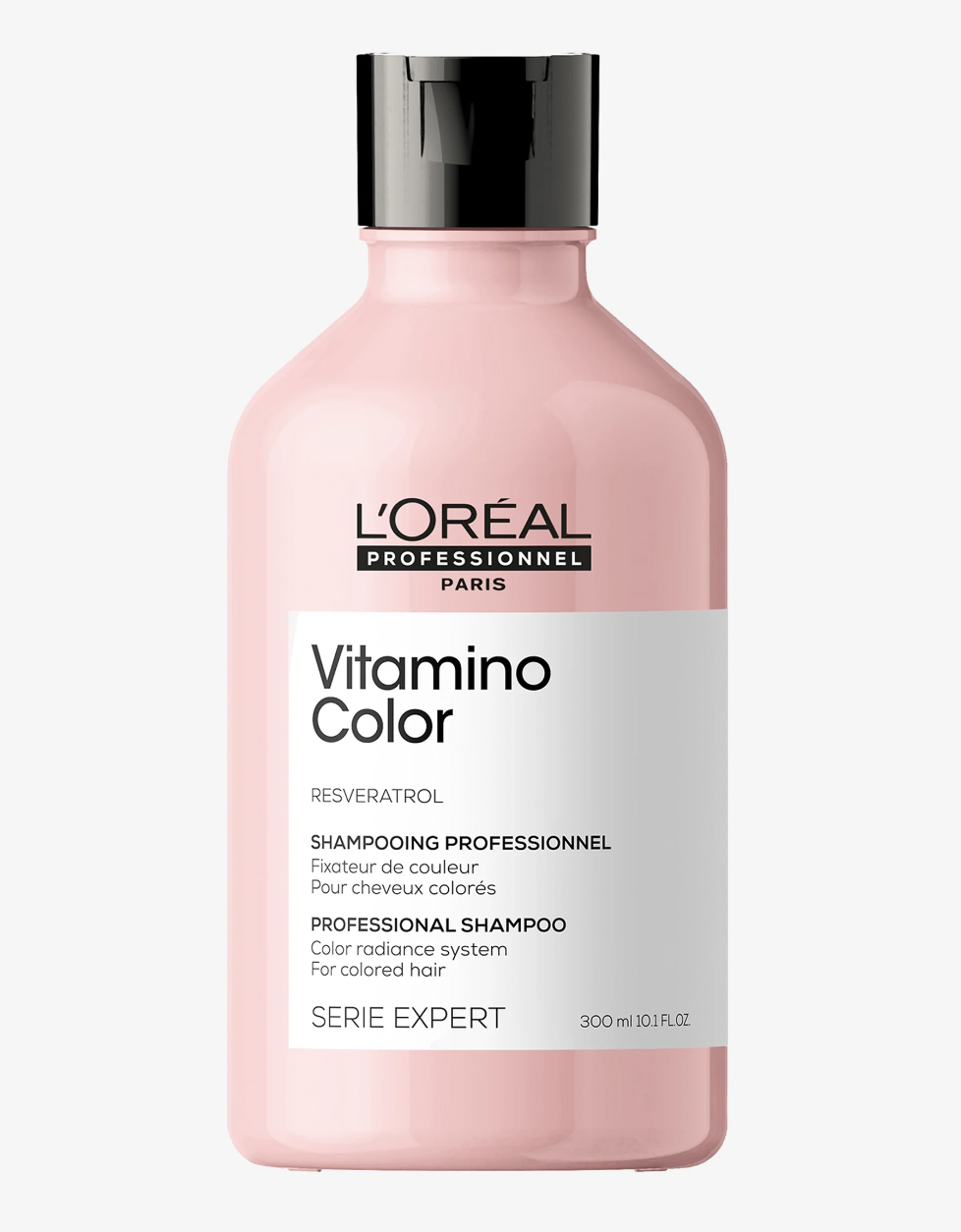
I’ll keep you posted if anything changes.
It’s just a matter of finding one that you like.
When Choosing a shampoo consider your hair:
Have fine hair? You’ll probably want more volume.
Which means dial down the conditioning agents in your shampoo, as well as silicones + oils. Otherwise, your hair might be weighed down. It’s probably best to choose shampoos specifically formulated for fine hair.
Have curly hair? You’ll want control and definition.
Look for higher than normal levels of conditioning, higher levels of oils + silicones to help detangle and provide cohesion between hair fibres and curl definition. You’ll use more styling products and need deeper cleansing shampoo to remove them.
Nowadays, curly hair products are mega popular, so look for the word CURL on the bottle and you’ll do just fine.
Have coloured or damaged hair? You’ll need really good wet detangling!
You’ll want higher levels of cationic polymers in shampoo for better detangling, like Polyquaternium.
How I choose: my scalp is oily, my hair is thin, so I like a pretty strong shampoo that cleanses my scalp really well, but has enough conditioning agents that don’t leave my hair stripped. My current shampoo is L’Oreal Professional Vitamino Colour Shampoo.
Dishonorable mention: Ouai medium hair shampoo = horrible!!!
“Are sulfates bad?”
Absolutely not! I used to believe that sulfate-free shampoos were better, because I fell for the marketing. In truth, sulfates foam well, build viscosity easily, and they’re cheap. My fave shampoos usually contain sodium laureth sulfate.
The kicker: some sulfate alternatives require heating during manufacture, which means more time + ENERGY CONSUMPTION, making them more expensive. Sulfates rock.
The point: Choosing the right shampoo for you may require some experimentation. You might hate my shampoo, and I might hate yours, and that’s okay! You won’t know if your hair likes a shampoo until you test it yourself.
Shampoo Tips & Technique
To get the most out of shampoo, you gotta use it well! Proper technique matters.
Make sure to comb your hair before your shower to minimize tangles.
Use lukewarm-warm water to wet your hair when shampooing: hot water can be a bit too aggressive and strip your scalp of its natural oils and cause dryness and breakage. Instead, use lukewarm or warm water and focus on massaging the shampoo into your scalp to remove dirt and oil.
You might want to do this step twice if you have a lot of hair.
I personally wash my scalp twice to really make sure it’s clean, and when I do, my hair stays clean for longer (so I can wash it on day 4 instead of day 3, for example). I really focus on the scalp, not my hair or ends.
I rinse thoroughly before moving on to the next step.
Your question: “Do I need a scalp brush?”
Only if you want to damage your hair, you literally have fingers! Nobody really needs a scalp brush.
Now that you’ve washed your hair, it’s time to CONDITION.
Let’s Condition
Firstly, why do we condition our hair?
We condition our hair to help reduce friction, detangle, protect, and minimize breakage, basically coating the hair in thin or thick conditioning agents.
Myth busting: Conditioners don’t actually moisturize the hair. Moisturize means water, but water makes the hair swell, can create hair frizz, and makes the hair more fragile and prone to snapping. Water is our hair’s enemy.
People think their hair is dry and in need of moisture, when it really needs conditioning.
Marketers use your language around hair to sell you “moisturizing + hydrating” hair products that are actually conditioning.
The truth is, if your shampoo is conditioning enough (you’ll know because your hair is smooth after washing, and doesn’t feel like rubbery straw)….then you don’t need to condition your hair.
However, if you have curly hair, coloured hair, very damaged hair, or LONG hair, then you’ll probably need some help detangling after washing.
How to choose the right conditioner?
Oh man, this part is REALLY tricky from a cosmetic chemistry perspective; that could be its own video.
For fine hair: less conditioning agents, or skip conditioner and just use a conditioning shampoo.
For curly hair: you want a lot of conditioning and detangling.
For colored/damaged hair: you want longer chain-length cationic surfactants in the conditioner and cationic silicones for better deposition.
In simple terms:
Your hair likes oils, silicones, fatty alcohols.
Great conditioner ingredients include coconut oil, amodimethicone, behentrimonium chloride, and cetearyl/cetyl/stearyl alcohol.
You’ll find these in most conditioners nowadays, so instead of looking for particular ingredients, I’d just buy something and use it because they all make your hair slippery enough.
The conditioner I used before filming the haircare tips video was the L’Oreal Professional Blondifier conditioner. I think it’s alright, but not amazing. I later switched to the Redken Acidic Bonding Concentrate Conditioner and it’s much better.
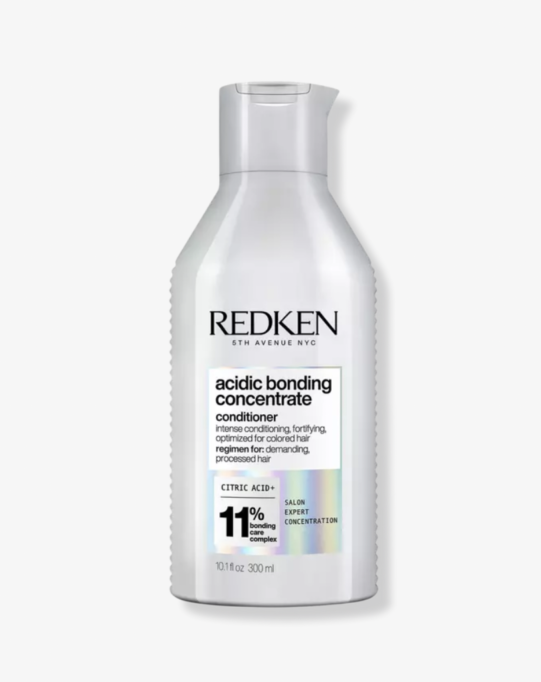
Although, I’ve used a super cheap one from the grocery store with similar results. I forgot the name so maybe I’ll add it here the next time I buy it.
Proper technique for conditioning
It’s pretty simple. After shampooing your scalp and rinsing your hair clean, apply a generous dollop of the conditioner to the ends of your hair when conditioning.
This will help prevent your scalp from becoming too oily while providing enough slip to the rest of your hair. Leave the conditioner on for about a minute before rinsing it off thoroughly. Some products have instructions that advice leaving the conditioner on for 3-10 minutes, so refer to the instructions.
I like to use a wide-tooth comb while my hair is full of conditioner to detangle the ends gently. This way there’s almost no tangling by the time I get out of the shower.
To Air Dry Or To Blow Dry?
Your question: “Should I air dry or blow dry my hair?”
I think the answer depends a lot on your lifestyle, season, and preferences.
Wet hair is way weaker than dry hair and is more likely to be damaged or broken.
I would recommend not going to bed with wet hair, as it will:
A. damage your hair
B. potentially ruin your scalp health with a malassezia orgy!
Personally, I only air-dry my hair in the summer just because it’s too hot to stand under a hair dryer, but my hairstyle, shine, and smoothness last longer if I properly blow dry my hair.
So the rest of the year, I generally do blow dry my hair.
How to blow dry your hair to minimize damage?
Any kind of heat styling is extremely damaging to the hair as it drives water out of your hair. The point of styling is to reduce the effects of humidity as long as possible.
- Avoid rubbing your hair with a towel, as it can cause breakage. Instead, squeeze the excess water out while in the shower, then gently pat it dry with a soft towel. I use a microfibre towel from amazon to squeeze out the excess moisture.
- I wouldn’t recommend brushing your wet hair as this creates MORE damage.
It’s important to use a heat protectant product before blow drying your hair, and dry it on a low heat setting. Keep the dryer at least six inches away from your hair to avoid heat damage.
Look for silicones, hydrolyzed wheat protein, glycerin, propylene glycol, cetrimonium chloride or cetremonium bromide, polymers like PVP/DMAPA, acrylates copolymer polyquarternium-55, 70.
I was using this really light-weight Schwarzkopf Osis+ mousse on most of my lengths at the filming of the haircare video. And the L’Oreal Esleve Cream since my old L’Oreal Professional one got discontinued on just the last 10 cm of hair. It’s on the heavier side, so I use less so as not to weigh my hair down.
I forgot to mention this Aveda Nutriplenish Leave-in Conditioner that is actually my go-to! It is light enough to use on my thin hair, and keeps my hair super shiny.
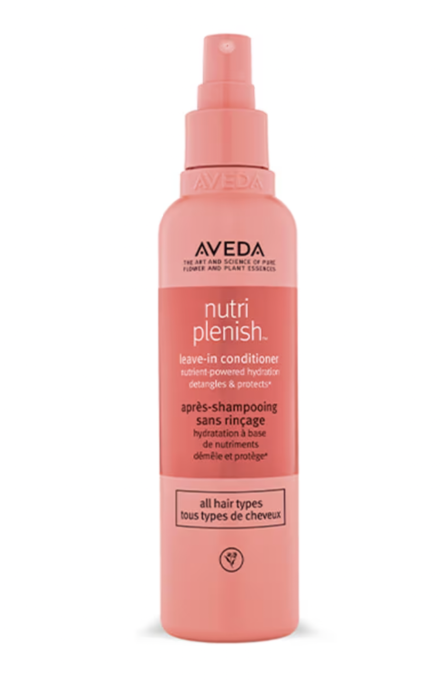
One thing that has made a difference in my hair’s appearance is I stopped brushing my hair before drying it. I first dry it on the low/medium heat setting to about 60-70% dry, then I can brush it without any snagging.
About my hairdryer: I’ve used a pro hairdryer since I was a teenager, my mom had one, and then I got my own a decade ago. It looks whack and is super old, but it works and dries my hair within 13-15 minutes.
In the future, I’d likely switch to a Dyson — I’ve tested them in-store and they’re really nice.
I use an extra large round brush to finish drying it and increase the heat setting while “styling”… I use the word styling loosely.
Sometimes I use this Olaplex hair oil on the very ends for more shine, you only need like 2-3 drops.
Then, depending on the context, I may put my hair up into a bun for an hour or overnight. This gives me easy heatless waves and is my go-to hair “style”.
How to Maintain Shiny Hair?
Hair damage is really unavoidable. Literally everything we do damages our hair: washing, heat styling, bleaching, UV radiation, sleeping on it, random snags, tight styles…
Our hair is dead and doesn’t regenerate, and the longer it gets the more damaged it becomes. So maintenance is something we have to do consistently.
Things we can do to prevent damage:
Get your hair trimmed once in a while. You’ll get rid of split ends: Split ends can cause breakage and make your hair look frizzy. Get a trim every few months to keep your hair looking healthy and strong.
Fun fact: normal hair growth rate is o.4mm a day, and we shed approx 100 hairs a day.
Your question: “How often should I cut my hair?“
This depends on your hair goals. If you want longer hair, you’ll have to trim it slower than it grows. I only trim my hair 1-2x a year to maintain my length. I should trim it every 3-4 months but I forget!
Your followup question: “Are hair growth treatments effective?“
Not those castor oil or DIY ones!
The only proven compound that I’m aware of that helps with hair loss is Minoxidil (Rogaine).
But I would see a trichologist if you’re serious about hair loss. Do not take the advice of random people on the internet, PLEASE!
You can also use hair repair treatments like Olaplex No.3 and K18 Leave-In Molecular Repair Hair Mask. They both work differently, Olaplex works on horizonatal disulfide bonds bonds, while K-18 works on vertical repair. A combination of both is best.
I use the Olaplex No.3 Treatment 1x-2x a month, and the K18 1-2x a month — when I remember or if I see more split ends. They really do work wonders!
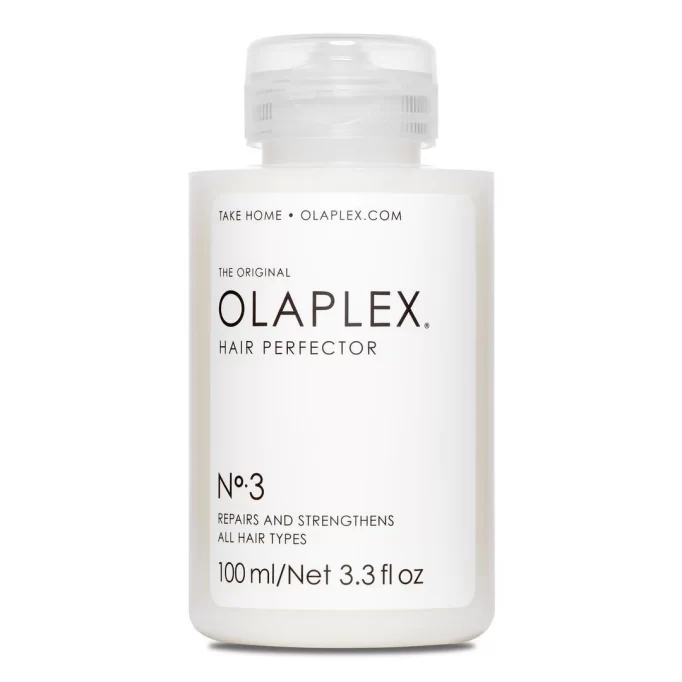
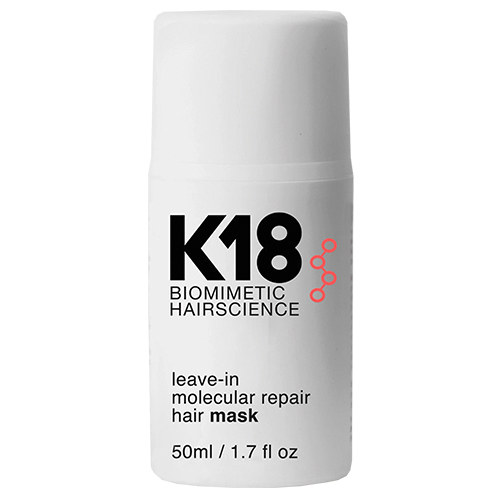
Also!
Avoid sleeping on your hair.
Once I put my hair up with silk scrunchies, it became a lot shinier than when I slept on it. Also, I no longer have that weird, unpredictable bed head as a result.
If you have big, curly hair then you might want to wear a silk bonnet to protect your curls.
Avoid excessive heat and styling. Keep it to special occasions!
Try to protect hair from environmental damage…Like by wearing hats or scarves in extrene weather condition.
This is something I haven’t yet mastered since I love my sun-damaged hair colour. If you have a good sun protection hair product PLEASE TELL ME ABOUT IT in the comments!
My next tip is about color:
Our hair color tends to get brassy over time, with shades of yellow or orange. So there are salon toning treatments to fix this that aren’t at all damaging.
You can also use purple or blue shampoo at home to help maintain your color.
Though I don’t dye my hair, I still maintain the color by regularly using a purple shampoo — every other time I wash my hair or more often if it starts looking too brassy.
Another reason why I hate clean beauty is that they ruin formulas. My fave Schwarzkopf purple shampoo was reformulated because of the formula-ruining “clean” movement, and is now greasy garbage.
I currently use and don’t recommend the one from L’Oreal Professional: Croma Creme Purple Shampoo. Btw I’m not sponsored by them.
I find it to be a bit too conditioning and it weighs down my hair a bit.
I’m still on the hunt for a replacement for a purple shampoo that isn’t too conditioning and greasy but leaves my hair perfectly comfy.
Final Thoughts
Wow, I know that was a lot! I just didn’t want to miss anything, and if I did let me know in the comments.
To Recap:
- Proper hair care includes shampooing, conditioning, drying, gentler styling, and maintenance.
- Choose the right products for your hair type, avoid excessive heat and styling tools, and protect your hair from environmental damage.
- Remember, healthy hair is about finding the right balance for your individual needs, not following a one-size-fits-all approach.
- There is no miracle or shortcut to nice hair, no pill or product that will totally fix everything. It does require some consistent effort — but your life doesn’t have to revolve around your hair either.
- Some essential products for maintaining healthy hair include shampoo, conditioner, heat-protectant, a wide-tooth comb, silk scrunchies, and a good hairdryer.
- Additionally, Olaplex no.3 and K18 are as close to MIRACLE STATUS as it gets.
The point is that our hair has a huge genetic component, but we can do our best to maintain healthy-looking hair with our haircare habits.
I hope I answered all your pressing haircare questions in this article and video!
Please subscribe to my YouTube channel here for more videos.
If you are having weird scalp issues, please watch the Why You Need To Stop Scrubbing Your Scalp (Scalp Care Tips) video next! Might be time to introduce some sulfates into your haircare routine! 😉
Love & Logic,
Olena
PS. If you want to learn everything you need to know to take next-level care of your skin, make sure to learn about the Skin Queen course here!
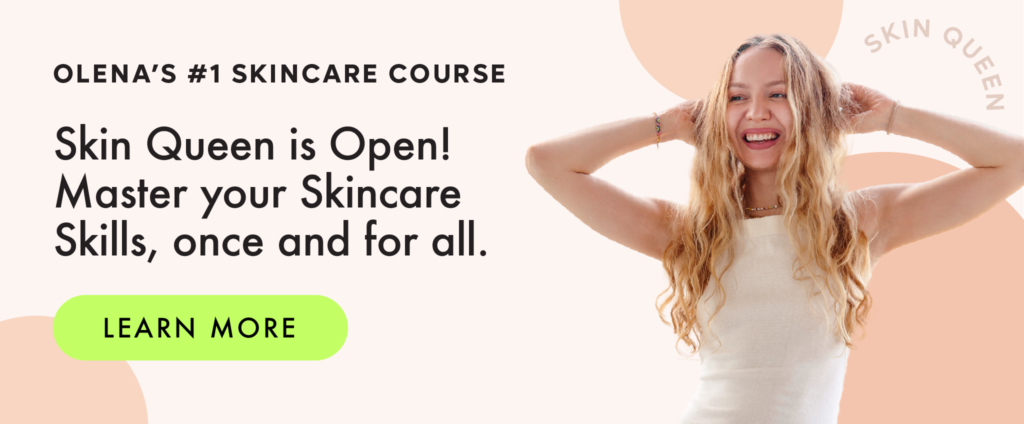
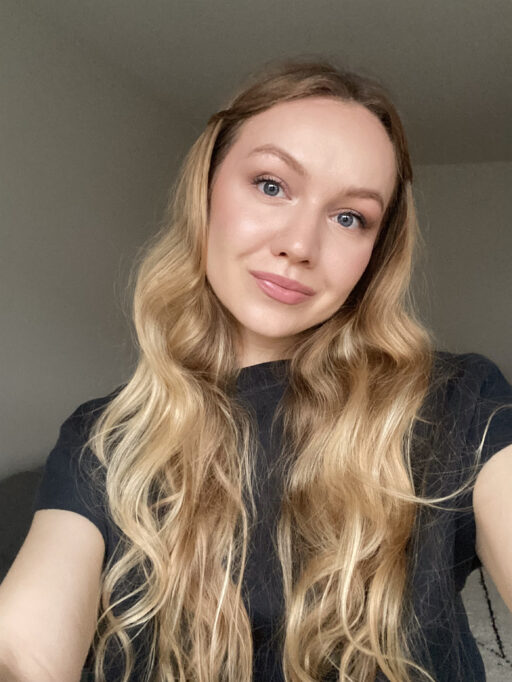
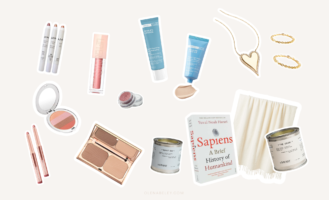
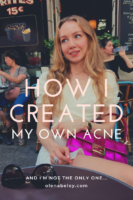
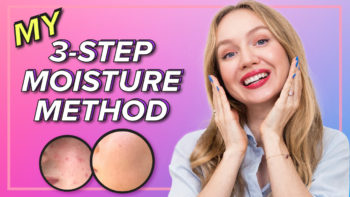

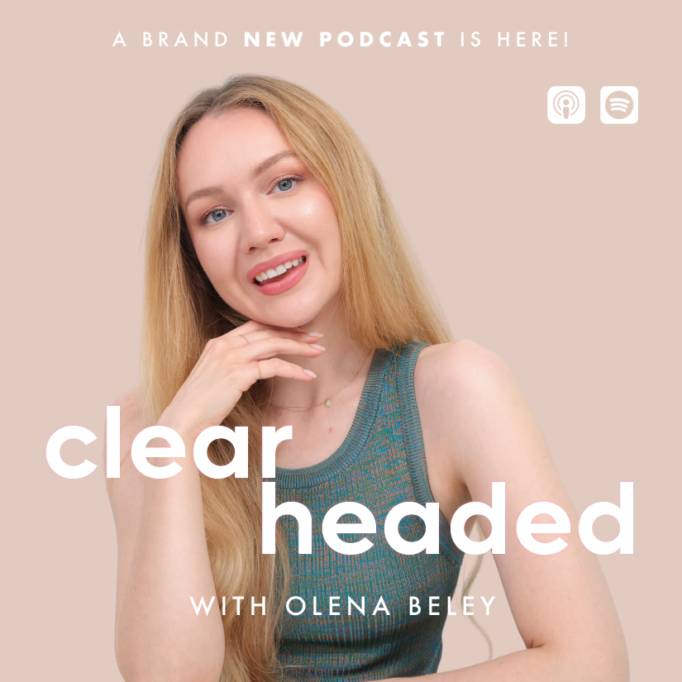




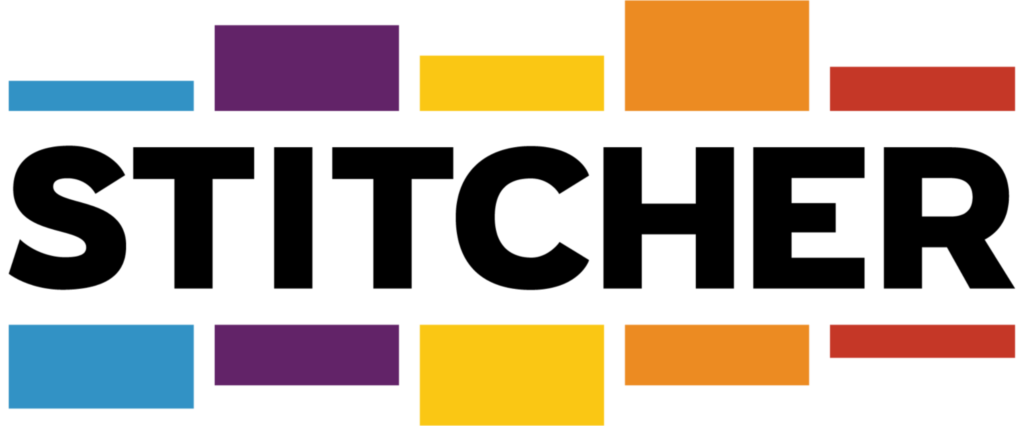
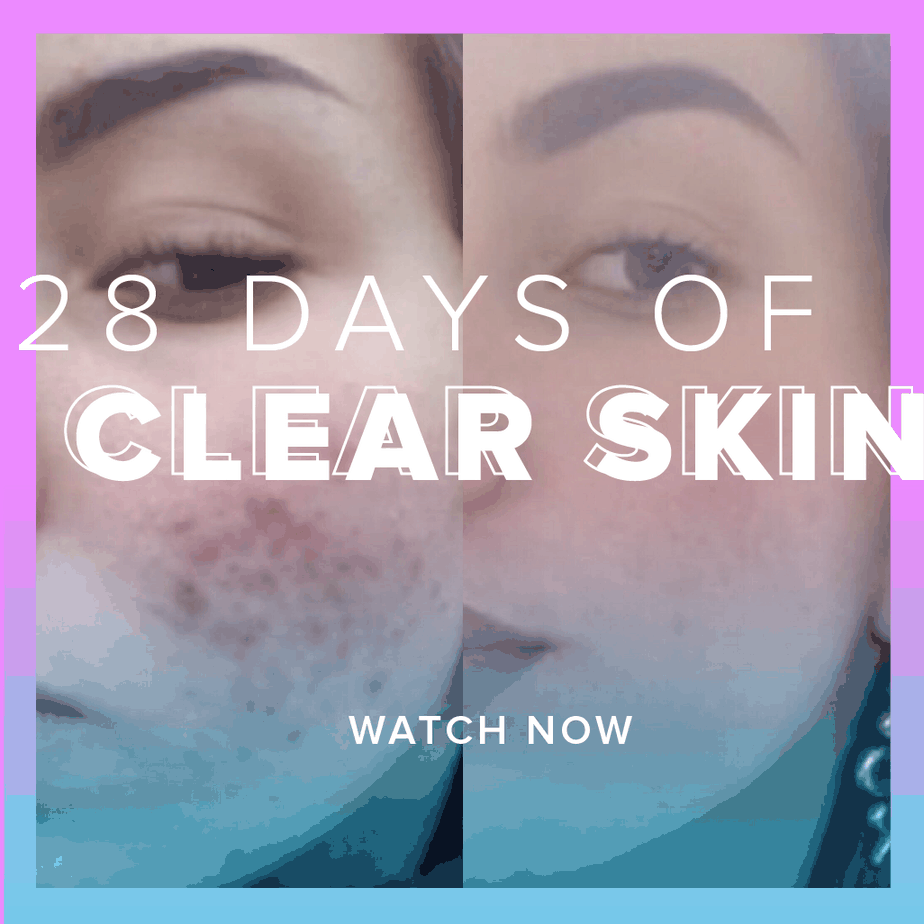
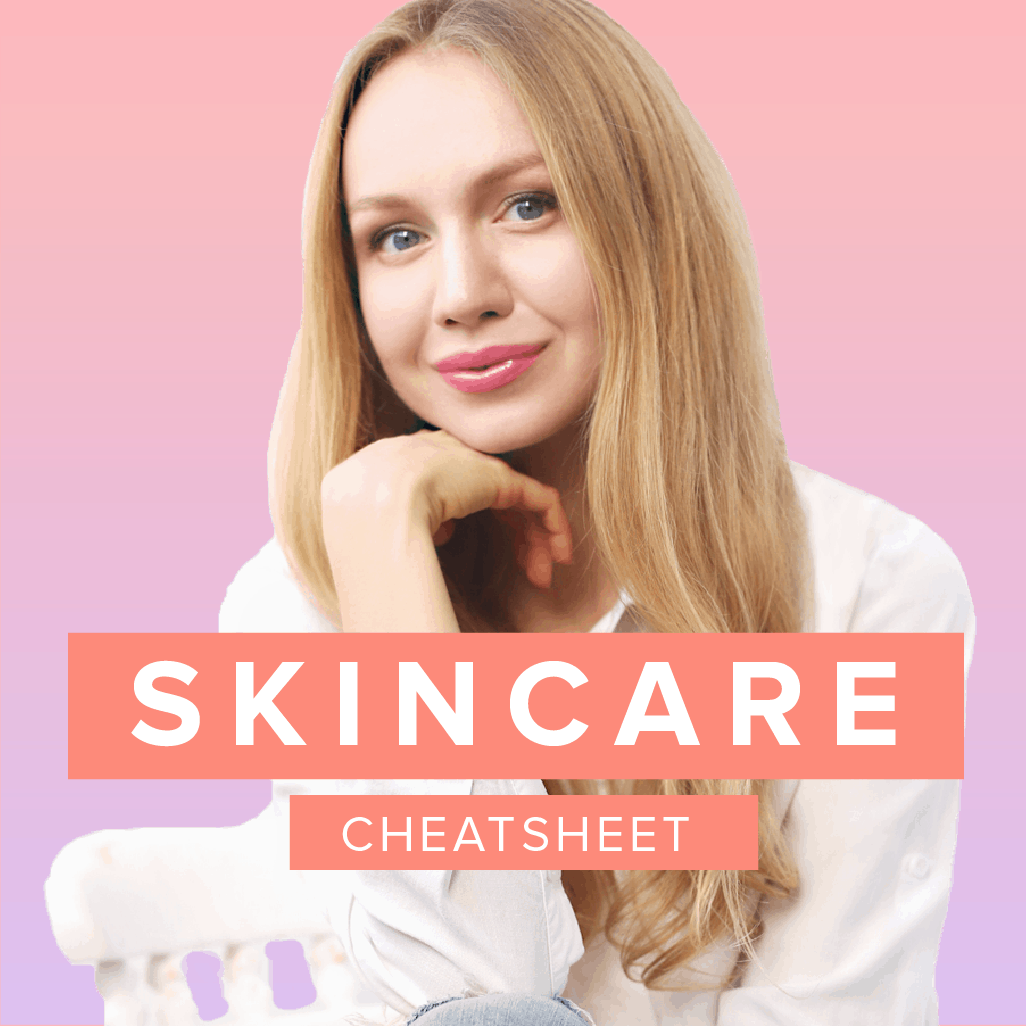
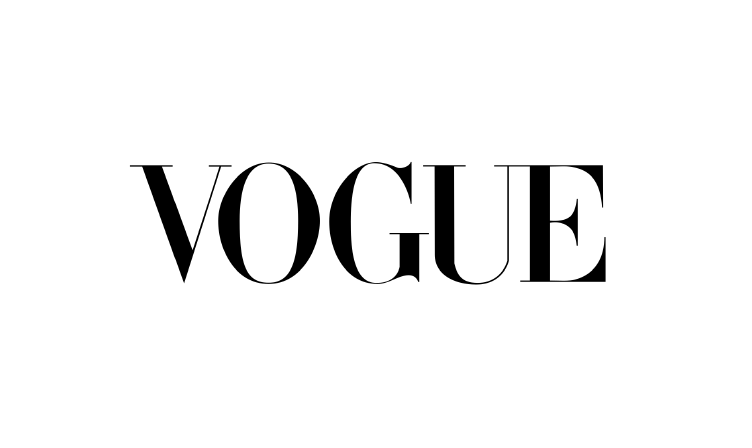




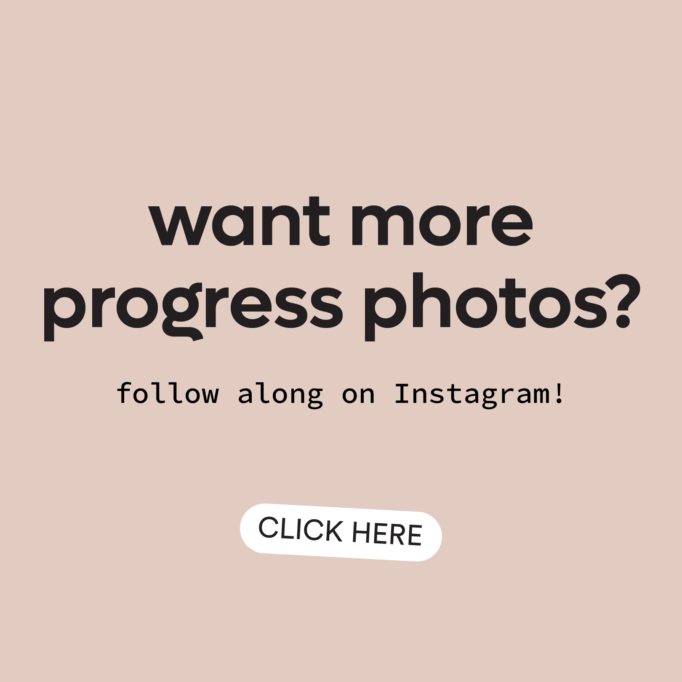

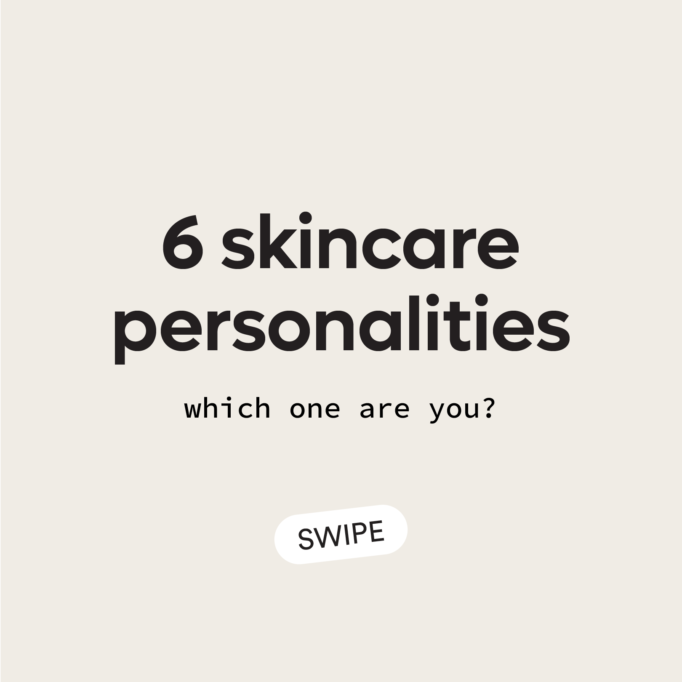
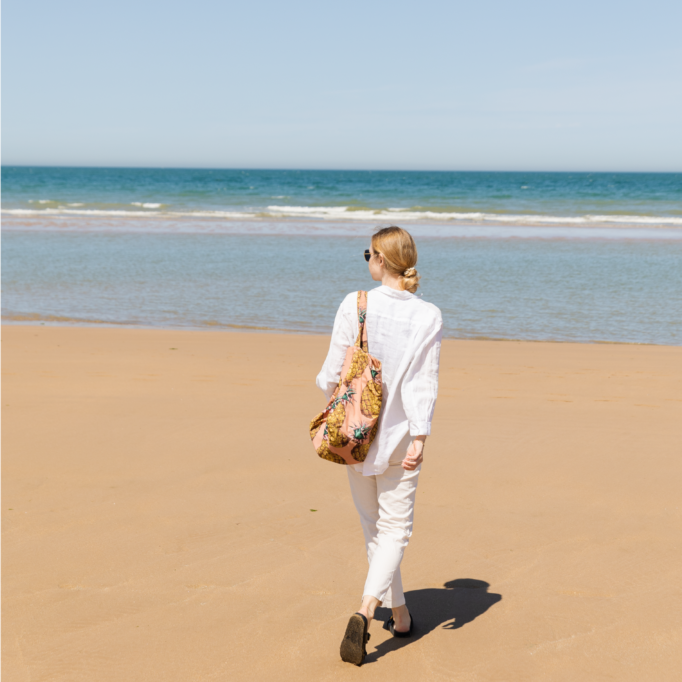
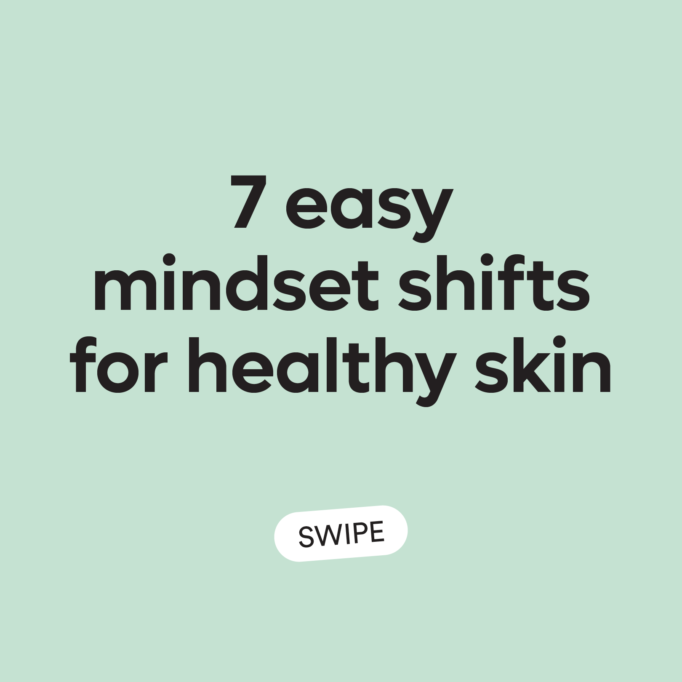
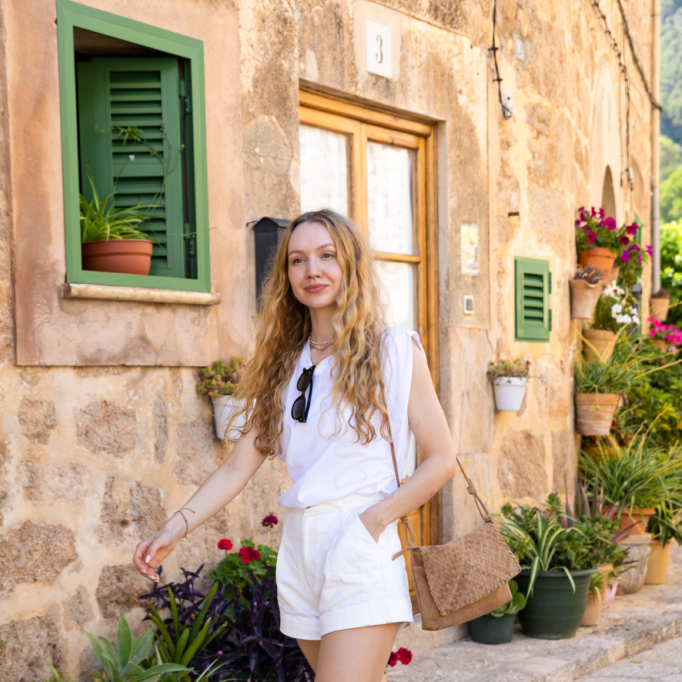
2 Responses
I thoroughly enjoyed this article. Thank you for sharing your wealth of knowledge. There are so many wonderful tips that I can now implement in to my haircare routine. My curly hair needs some TLC and now I can do that efficiently.
That’s wonderful to hear!! Thank you!
Comments are closed.